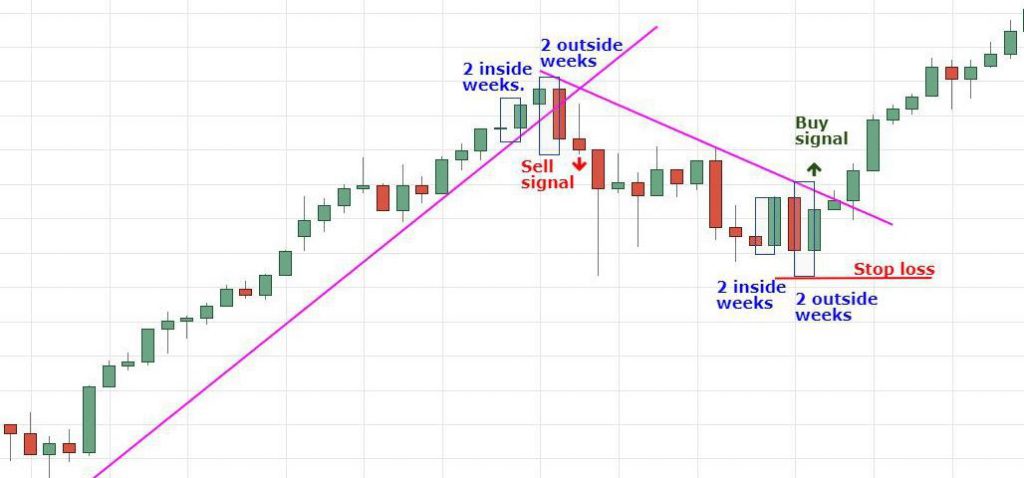It is simple to enter the stock market, but achieving the required profit is hard. Stock market trading necessitates extensive expertise. Traders find it easier to go with the stock market’s current trends.
Being caught in the reverse, on the other hand, maybe horrifying. We will try to explain the concept of sushi roll to you as best as we can.
A Sushi Roll Reversal Pattern is one of the patterns utilized in technical analysis. It assists in determining the future of a stock based on previous data.
What is the Sushi Roll Pattern?
Mark Fisher devised the Sushi Roll strategy in his book “The Logical Trader.” The Sushi Roll Reversal Pattern is a technical tool analysis for candlestick chart interpretation. Data from many time periods are combined into a single price bar in candlestick charts.
How was it named?
The design is unrelated to the Japanese cuisine ‘Sushi Roll.’ Traders gave this name because they had discussed this concept during lunch. In addition, the method also resembles sushi rolls.
How Sushi Roll Pattern Works?
The Sushi roll pattern examines ten candles in-depth to determine market trends.
Five of the ten candles on the interior show narrow motions with little swings. 5 outer candles surrounding the inside candles, on the other hand, suggest considerable swings in the inside candles, i.e., greater highs and lower lows. The resulting pattern looks like Sushi rolls.
It’s essential to remember that bar designs aren’t set in stone and can range from one to ten. The length of time might also vary.
Compared to other patterns, this one differs from bullish and bearish in that it consists of numerous bars rather than single bars. Nevertheless, it provides an early signal of possible market developments like other technical analysis tools.
How to trade the Sushi Roll Reversal Pattern?
The number or duration of the bars is not limited to traders employing the Sushi roll reversal pattern. Depending on his or her financial objectives, the trader can select a pattern that includes both inner and outside bars.
Furthermore, this pattern is so adaptable that traders may create their time period based on their preferences.
Traders seek uptrend and downtrend in this pattern, same as they do in other technical patterns. For example, the sushi roll reversal pattern urges traders to purchase or cover a short asset position or exit it in decline in the downtrend.
On the other hand, an upswing signals the trader to leave a long position or initiate a short one in stocks or assets.
A bullish bias exists when the last five candles close in the green. Conversely, the previous five candles closed in red, indicating a bearish bias. A positive signal is a bullish bias, whereas a negative signal is a bearish bias.
Bottom line
To summarize, the sushi roll reversal pattern is more accurate than other trend reversal patterns. Many traders, however, do not follow this due to a lack of knowledge. Nevertheless, if the pattern is correctly spotted and interpreted, it can profit. Risk in trading cannot be avoided. However, sushi roll reversal is one technique that helps to reduce the degree of danger.

